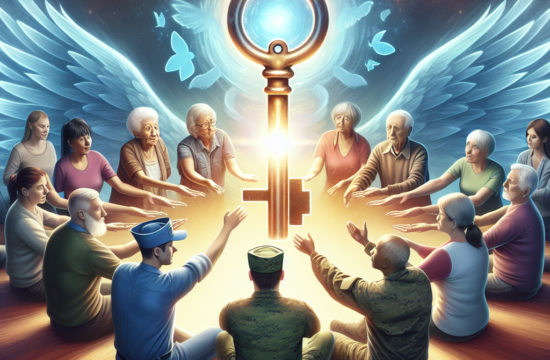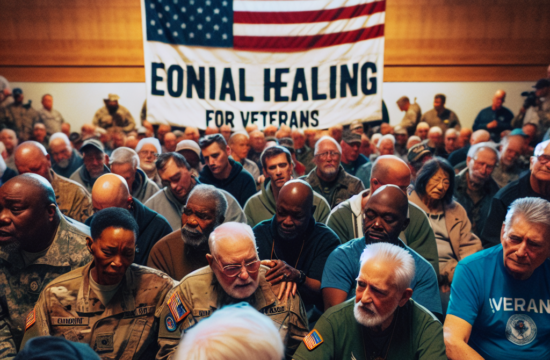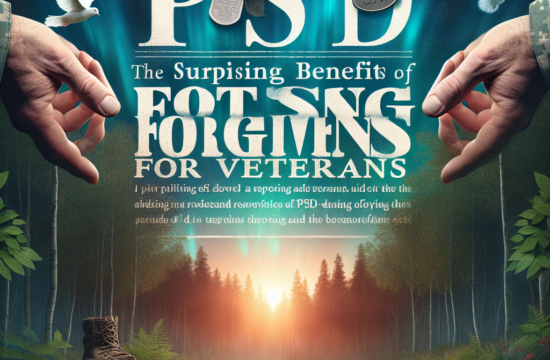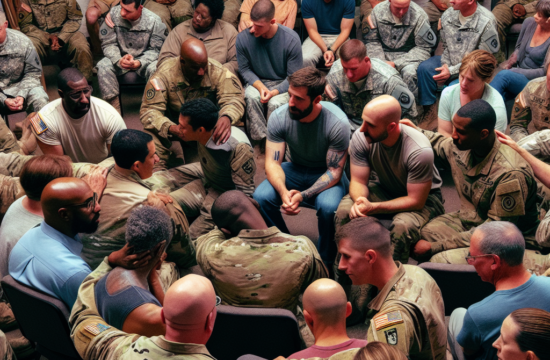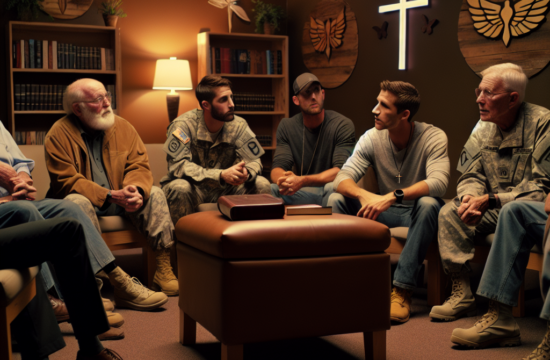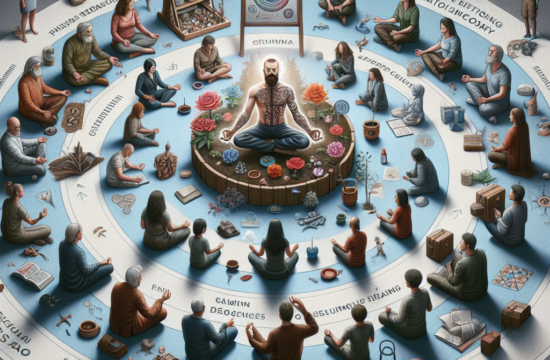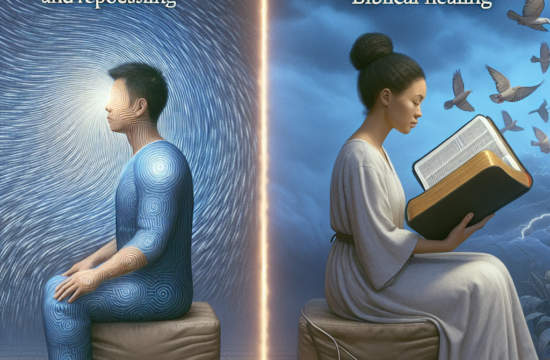==> Thank you for reading this post! Click Here If you are looking for support and Victory over PTSD.
Living with PTSD can feel like a never-ending battle. After grappling with my own experiences, I discovered that there are effective treatments that don’t involve medication. I’d love to share with you five powerful methods that helped me reclaim my life. Buckle up, because I’m about to dive into some of the most life-changing strategies I’ve experienced.
Mindfulness and Meditation
Mindfulness and meditation have been game-changers for me. Simply put, they help you stay grounded in the present moment.
Understanding Mindfulness
Mindfulness is all about tuning into your feelings and being aware of them without judgment. When I first started my journey, I struggled to sit still and focus. But I learned that it’s about observing my thoughts as they come and go rather than getting swept away by them. Over time, this practice became second nature.
The beauty of mindfulness is that it can be practiced anywhere – while sipping your morning coffee or during a walk in nature. This shift in focus made me realize that I had the power to control my reactions and reduce anxious feelings.
Incorporating mindfulness into my daily life helped me cultivate patience and a sense of peace, especially on the tough days.
Practicing Meditation
Meditation doesn’t have to be intimidating. For me, starting with just a few minutes a day made all the difference. I downloaded a meditation app, and it guided me through breathing exercises that made it so much easier to embark on this journey.
As I continued to meditate regularly, I started to notice a reduction in my anxiety levels. It felt like shedding layers of stress with each session. The calmness I experienced allowed me to face my triggers with clearer eyes.
Eventually, I dove into different styles of meditation like loving-kindness and body scans, each bringing unique benefits to my mental wellbeing.
The Science Behind It
Research has shown that mindfulness and meditation can significantly reduce symptoms of PTSD. As our brains develop, creating new neural pathways, the practice significantly affects how we respond to stress. I geek out about the science behind it – realizing that I’m not just feeling better, but there’s real evidence backing this!
Mindfulness can lower cortisol levels while increasing empathy and compassion, but you have to put in the work to reap these benefits. Trust me, it’s worth it! With time and consistency, the results become apparent.
So, if you’re considering mindfulness and meditation as part of your PTSD treatment, I say go for it! It’s a powerful companion on the path to healing.
Therapeutic Writing
Another method that has supported me in my healing journey is therapeutic writing. This is where I put pen to paper or fingers to keyboard, reflecting on my feelings and experiences.
Journaling Basics
Starting a journal can feel a bit daunting, but I promise, it’s incredibly liberating. I found that just writing whatever came to mind helped me untangle a lot of my thoughts. There are no rules here – just express yourself!
When I look back at my earlier entries, I can see clear patterns of my emotional progress and how my perception of events has changed, which is seriously empowering.
Having a dedicated space for these reflections has also helped me process my feelings more constructively. It’s like having my own therapist in a notebook!
Prompts for Reflection
If you’re not sure where to start, prompts can be a lifesaver. Some days, I would ask myself, “What triggered me today?” or “What am I grateful for?” These questions shifted my mental gears and brought attention to the positives.
Writing about challenges can also make them less daunting. I saw them more as hurdles that I could confront rather than insurmountable mountains. Each word I scribbled gave me clarity.
Interactive writing exercises or even poetry can help articulate complicated feelings more easily. It’s all about finding what resonates with you!
Finding Your Voice
Writing has not only helped me express myself but also find my voice. There’s something incredibly healing about sharing your story. Whether it’s through blogging, sharing stories, or even discussions in writing groups, I’ve found immense comfort and support in community.
Plus, connecting with others who understand what I’ve been through has been a balm for my soul. We often underestimate the power of shared experiences.
If you’re considering using therapeutic writing for PTSD, start simple and don’t be afraid to explore different styles until you find what fits best for you. You won’t regret it!
Physical Activity
Physical activity has been another major pillar in my recovery. Engaging in exercise has helped me reconnect with my body and released endorphins, which are natural mood lifters!
Finding the Right Activity
Whether it’s running, yoga, or just dancing like nobody’s watching in my living room, gently moving my body has been key. I remember trying various activities until I stumbled upon what lit me up – kickboxing! It felt like a release every time I threw a punch.
The trick is to find something you enjoy. This will keep you motivated and excited to move. I tried to view physical activity more as fun than a chore.
Every small victory matters, whether it’s an extra five minutes of walking or nailing a yoga pose that seemed impossible a month ago. Celebrate those wins!
Creating a Routine
Establishing a routine has been crucial for me. I mapped out time blocks for exercise in my day, treating them like important appointments. Sticking to a schedule gives your body and mind something to look forward to.
Get Support and Help with Recovery! Visit us for more Information and Support
Consistency is key here. The more I engaged in physical activity, the better I felt mentally and emotionally. It’s wild how movement can shake off the heaviness of PTSD.
In fostering a routine, I also found that sharing these moments with friends made them more enjoyable. Exercise can be social too!
The Emotional Release
Let’s not overlook the therapeutic release endorphins provide. I always leave the gym or a yoga class feeling lighter even when there’s still a storm in my mind. It’s a natural high!
Whenever I face anxiety or a depressive episode, I remind myself of how I’ve tackled those feelings through movement. It empowers my recovery, and that’s priceless.
Physical activity is a fantastic ally in this journey and it’s not just about building muscle – it’s about nurturing our mental health.
Support Systems
This might be one of the most vital aspects of my journey – building and nurturing support systems. Healing from trauma isn’t a solo path, and the right people can make a world of difference.
Seeking Professional Help
Getting professional help was tough for me, but it’s one of the most important steps I took. I decided that I was ready to tackle my trauma head-on. Finding a therapist who specialized in PTSD was key.
During therapy, I could genuinely unveil my experiences without judgment, and that felt liberating. Each session became a stepping stone to clarity and healing.
If you’re hesitant about seeking help, just know you’re not alone. Many people benefit immensely from this avenue, and it could be what you need to turn the tide!
Connecting with Others
Beyond professional support, having a solid network of friends and family has been essential. I learned to lean on those who genuinely care and understand. It made such a huge difference in my healing process.
Sharing my experiences and simply being open about what I’ve been through created deeper connections. It wasn’t always easy, but it built a strong foundation of trust I could stand on.
In addition, support groups, either in-person or online, can foster a sense of belonging. Connecting with others who share similar experiences could be incredibly comforting.
Staying Open to Help
Sometimes, I find it hard to ask for help. Reaching out and accepting support can be a struggle, but it’s a vital step in nurturing my mental health. I’ve had to remind myself that it’s okay to be vulnerable.
Throughout my journey, I learned to embrace my support system. Reaching out has led to love, understanding, and accountability in ways I never anticipated.
So, if you’re feeling isolated, remember there’s a whole community of people who want to support you. Building your support system takes time, but it’s worth every effort!
Self-Care Practices
Last but definitely not least, self-care practices became a priority in my life. This strategy serves as my personal safeguard against overwhelming stress and anxiety.
Defining Self-Care
Initially, I had a limited idea of what self-care was. It’s often glamorized and misinterpreted, but for me, it means anything that rejuvenates my spirit. This can be as simple as a long bath, reading a book, or listening to my favorite music. My favorite self-care practices vary but are always centered around kindness towards myself.
Realizing that I deserved to dedicate time for me made a significant shift. It’s a non-negotiable, and I had to learn to prioritize myself amidst life’s chaos.
Self-care is deeply personal, so find what resonates with your needs. It’s about creating a wellness plan that honors what makes you feel good!
Creating a Self-Care Routine
Establishing self-care as a regular routine is crucial. I carved out chunks of my week for activities that bring me joy and relaxation. Whether it’s spending an hour at a café or crafting something new, it allows me to recharge.
Connecting my self-care to my schedule reinforced its importance in my life. Feeling good should be intentional, right? Sometimes it’s the little rituals that become anchors during stormy seasons.
Don’t be afraid to mix things up either! As much as I love routine, some days I crave spontaneity. Adapting my self-care practices keeps the process fresh and enjoyable.
Listening to My Needs
Practicing self-care is also about tuning into my needs. By paying close attention to what I require physically, emotionally, and mentally, I have become more compassionate towards myself.
Sometimes, I need a day of rest, while other times I need a creative outpour. Understanding that both are valid has been a journey in itself.
Self-care is transformative, and it’s a fundamental part of navigating life with PTSD. I encourage you to discover what nourishes you emotionally and make it a part of your everyday life. You’re worth it!
Frequently Asked Questions
- What is PTSD and how can it be treated without medication?
PTSD (Post-Traumatic Stress Disorder) can indeed be treated without medication through various holistic approaches, including mindfulness, therapeutic writing, physical activities, support systems, and self-care practices. - Are mindfulness and meditation effective for everyone?
While they have proven to be effective for many people, everyone’s experience varies. It’s worthwhile to experiment with these practices and find what resonates best for you. - How can I start journaling if I’ve never done it before?
Just start writing! Don’t worry about structure; simply let your thoughts flow onto the page. You can also use prompts if you need guidance. - What types of physical activities are best for PTSD?
The best physical activities are the ones that you enjoy! Whether it’s running, dancing, or yoga, find something that makes you feel good and keeps you moving. - How can I build a support system?
Start by reaching out to friends and family who you feel comfortable with. Joining support groups can also connect you to individuals who understand your struggles.






